
The workshop was attended by experts, scientists, researchers, representatives of central ministries, branches, research institutes, universities, social organizations and authors.
Speaking at the workshop, Dr. Tran Thanh Tung - Principal of Vinh Phuc College - Head of the project stated: This is a research project to assess the current status of invasive alien species in Vinh Phuc province and propose solutions to prevent and control them to protect the environment and contribute to the development of sustainable agricultural economy .
In Vinh Phuc, there are currently 21 alien species (SVNL), of which 8 are invasive alien animals (golden apple snail, slug snail, mosquito fish, white pomfret, black tilapia, tank cleaner fish, catfish and red-eared slider); 13 invasive alien plant species (water hyacinth, yellow comb, mimosa, mimosa, acacia, pigweed, tobacco grass, daisy, cow chrysanthemum, five-color plant, para grass, brackish water grass and ground cactus).
During the implementation of the project, the authors have built a set of specimens and sample photos of 21 species of SVNL distributed in the area. Established a distribution map to delimit and predict areas with dangerous invasive alien species. Determined the invasion route of SVNL into the area and assumed that the diversity in habitats in the area is the condition for alien species to be able to spread and distribute.
The authors have also successfully tested methods to control and eradicate some invasive alien species. They have built a model for managing, controlling and eradicating golden apple snails; a model for managing, controlling and eradicating mimosa trees; and a model for managing, controlling and eradicating snails.
To reduce the harmful effects of invasive alien species, the authors suggest that in the coming time, the province should direct relevant departments, branches and localities to thoroughly apply drastic, specific and scientific solutions. In particular, it is necessary to synchronously deploy appropriate management, prevention, control and eradication measures for each subject and in accordance with the specific characteristics of each ecological region.
Speaking at the workshop, delegates highly appreciated the professionalism in the implementation process of the group of authors as well as the important significance of the topic's content for the cause of sustainable socio-economic development of the locality.
Delegates also highly agreed that the feasible solutions of the project have a decisive impact on minimizing harmful alien species, while at the same time protecting the province's natural ecosystem, thereby contributing to the overall development of the country.
Quang Nam
Source link


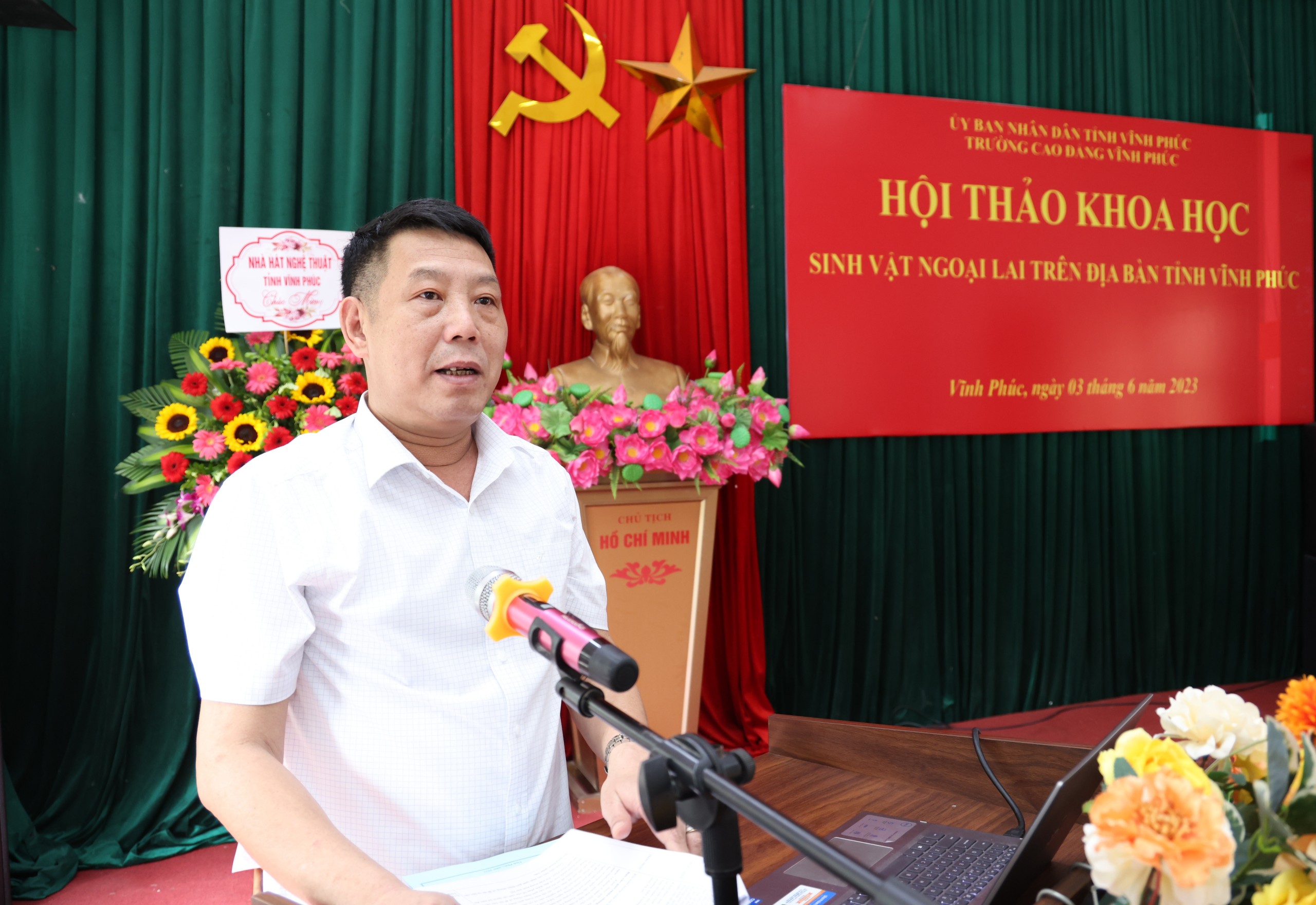
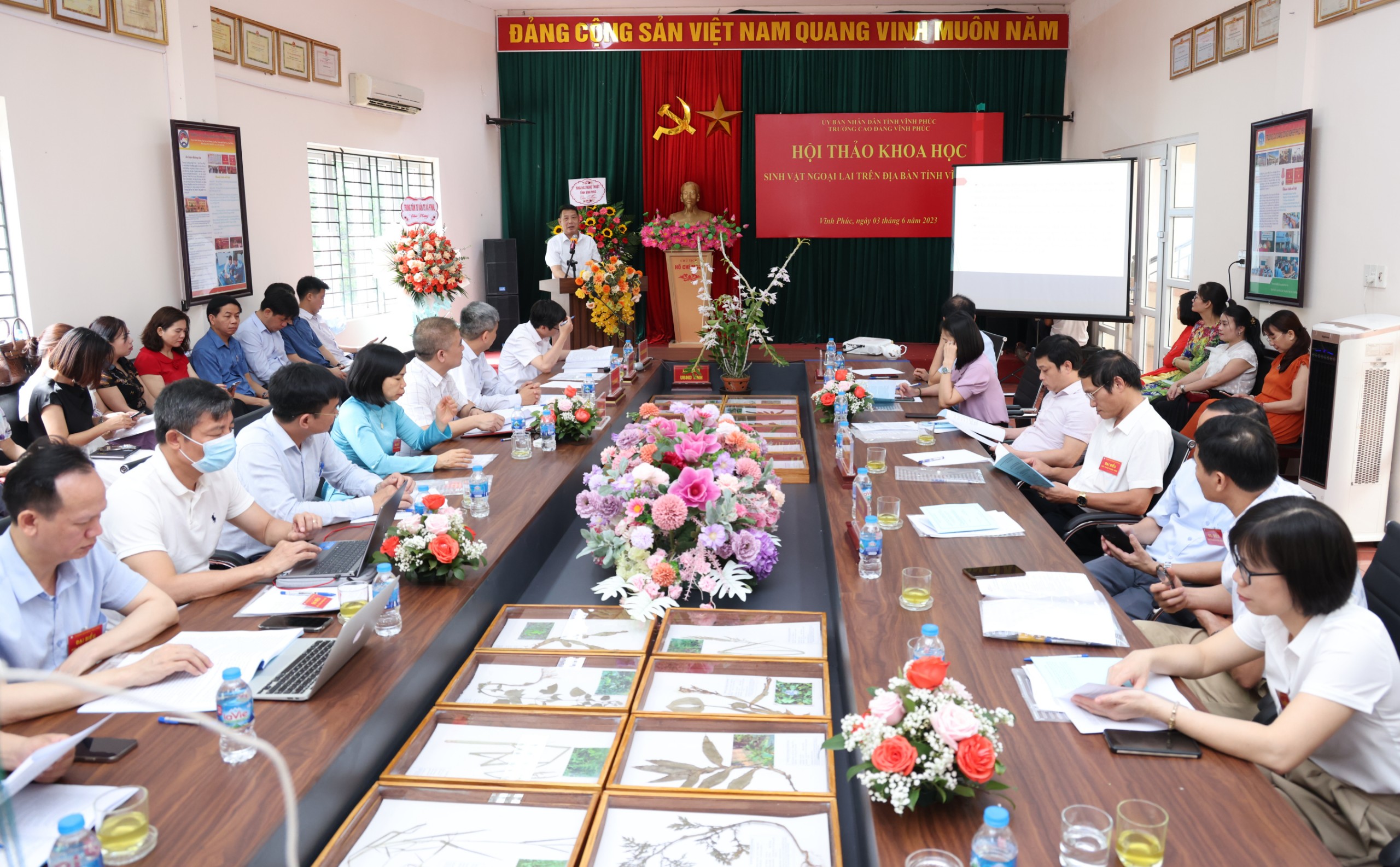
![[Photo] Hue: Inside the kitchen that donates thousands of meals a day to people in flooded areas](https://vphoto.vietnam.vn/thumb/1200x675/vietnam/resource/IMAGE/2025/10/29/1761738508516_bepcomhue-jpg.webp)
![[Photo] Human love in the flood in Hue](https://vphoto.vietnam.vn/thumb/1200x675/vietnam/resource/IMAGE/2025/10/29/1761740905727_4125427122470875256-2-jpg.webp)

![[Photo] Prime Minister Pham Minh Chinh chaired a meeting to evaluate the operation of the two-level local government model.](https://vphoto.vietnam.vn/thumb/1200x675/vietnam/resource/IMAGE/2025/10/29/1761751710674_dsc-7999-jpg.webp)





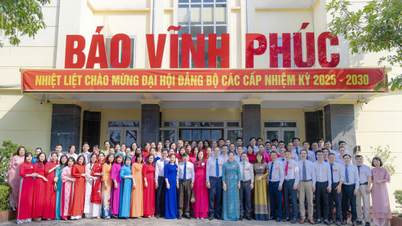












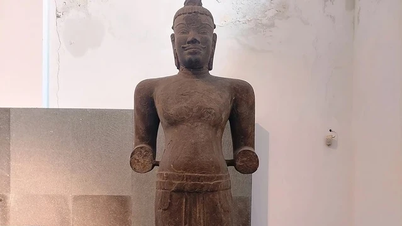



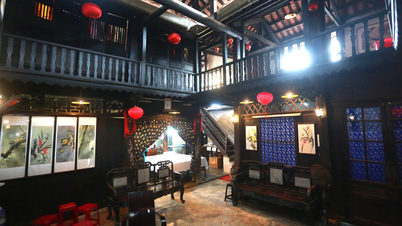

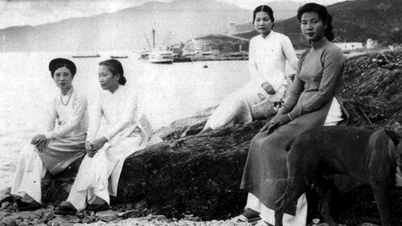




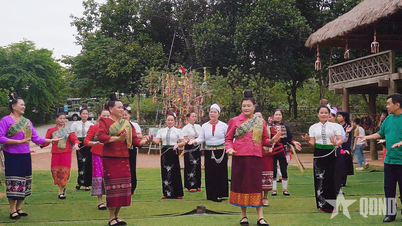



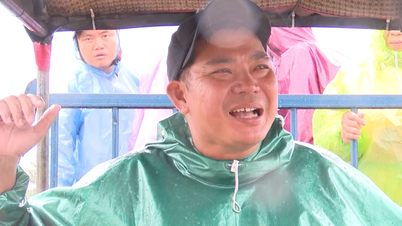





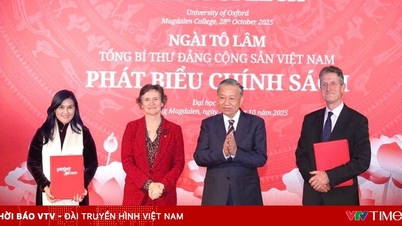













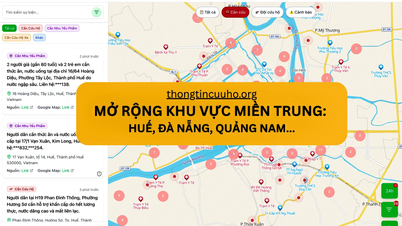








![[Live] Concert Ha Long 2025: "Heritage Spirit - Brightening the Future"](https://vphoto.vietnam.vn/thumb/402x226/vietnam/resource/IMAGE/2025/10/29/1761743605124_g-anh-sang-am-thanh-hoanh-trang-cua-chuong-trinh-mang-den-trai-nghiem-dang-nho-cho-du-khach-22450328-17617424836781829598445-93-0-733-1024-crop-1761742492749383512980.jpeg)

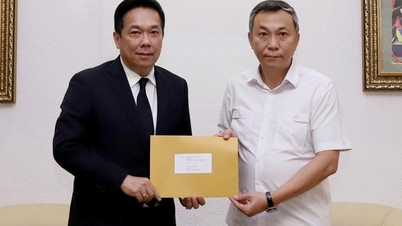

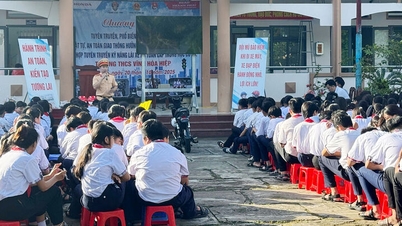



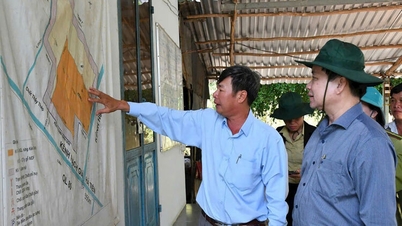

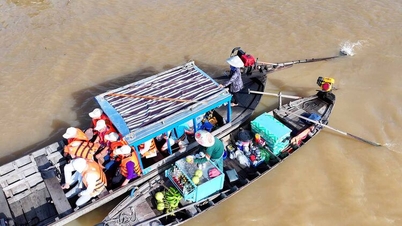















Comment (0)